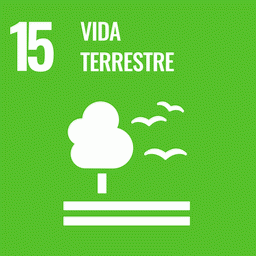The Brazilian Amazon contains the largest remaining contiguous forest in the tropics, but also faces strong development pressures and one of the highest rates of deforestation in the world. In the 30 years since the murder of the rubber tapper leader Chico Mendes and the subsequent creation of Extractive Reserves (ERs), this protected area model continues to be a conservation and development strategy that strives to secure land for forest-dependent smallholders and stem the advance of large-scale deforestation in the region. As of August 2018, 76 federal and state ERs have been created in the Brazilian Amazon, spanning over 14 million ha. Despite three decades of ER implementation and its importance to people-based conservation, there has not yet been a region-wide analysis of this model. In order to fill this gap, we analyze the spatial and temporal trajectory of ERs and how the implementation of this policy played out differently across Amazonian states.
Grounded in a political ecology framework, we identify four phases of ERs implementation (inception, consolidation, expansion, and stagnation). We assess the land allotted in each state to ER protection and examine the federal and state-level political and institutional dynamics that may have favored or limited the growth of the ER model. Although ERs made an impressive impact, and remain in the spotlight of environmental policy debates in Brazil, challenges remain to combat continued pressures at Amazon development frontiers. This paper contributes to better understanding the current condition of the ER model and provides lessons for its continued implementation in the Brazilian Amazon, and its role in forest conservation.
